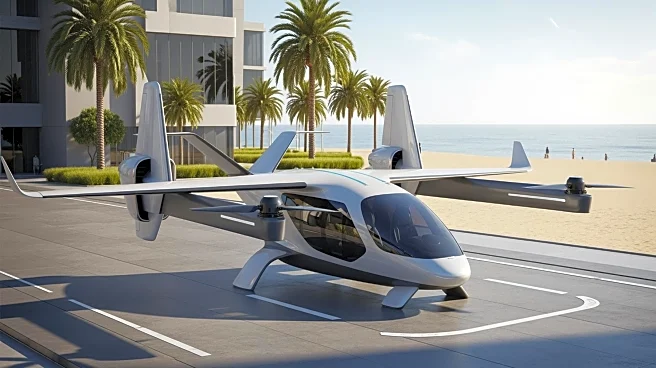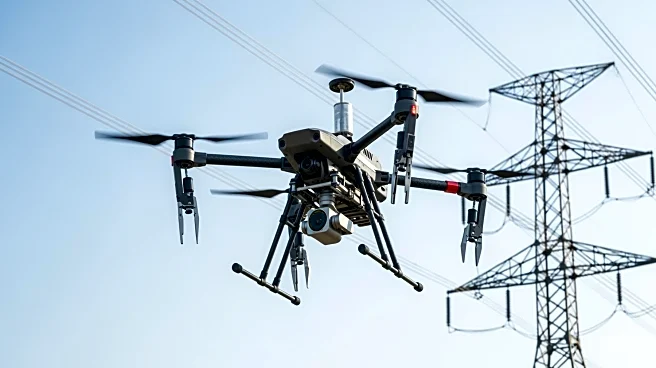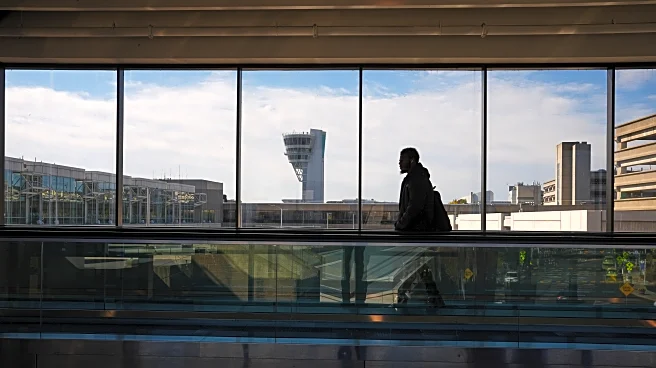What's Happening?
The Holy Stone HS360E drone is gaining attention as a beginner-friendly option in the drone market. Weighing under 250 grams, it does not require FAA registration for recreational use in the U.S. The drone features
a 12MP camera with a 2-axis gimbal and Electronic Image Stabilization, allowing for basic video and photo capture. It offers several beginner-friendly features such as GPS Return to Home, subject tracking, and various automated flight patterns. The drone's design is compact and foldable, making it easy to transport. Despite its basic camera capabilities, the HS360E is priced competitively at $249, making it an attractive option for new drone enthusiasts.
Why It's Important?
The introduction of the Holy Stone HS360E highlights the growing accessibility of drone technology for hobbyists and beginners. By offering a low-cost entry point, Holy Stone is expanding the market for consumer drones, potentially increasing the number of drone users in the U.S. This could lead to greater public interest in drone technology and its applications. However, the limited camera capabilities and lack of advanced features may not satisfy more experienced users. The drone's affordability and ease of use could encourage more people to explore drone piloting, contributing to the growth of the drone industry.
What's Next?
As the drone market continues to evolve, manufacturers like Holy Stone may focus on enhancing the capabilities of entry-level drones to meet the growing expectations of consumers. Future iterations could include improved camera technology and additional safety features such as collision avoidance. The competitive pricing strategy may prompt other manufacturers to offer similar products, potentially leading to a wider range of affordable drones with advanced features. The increased adoption of drones could also influence regulatory discussions around drone usage and safety standards in the U.S.
Beyond the Headlines
The rise of affordable drones like the Holy Stone HS360E may have broader implications for privacy and airspace management. As more individuals gain access to drones, there could be increased concerns about privacy violations and unauthorized surveillance. Additionally, the proliferation of drones in public spaces may necessitate new regulations to ensure safe and responsible usage. The cultural acceptance of drones as recreational devices could also shift, with more people viewing them as tools for creativity and exploration.












